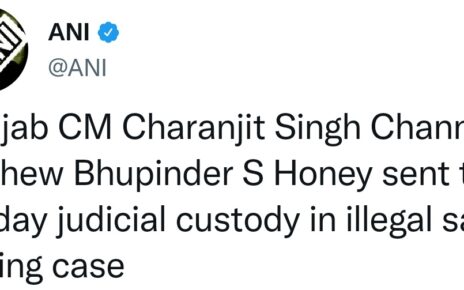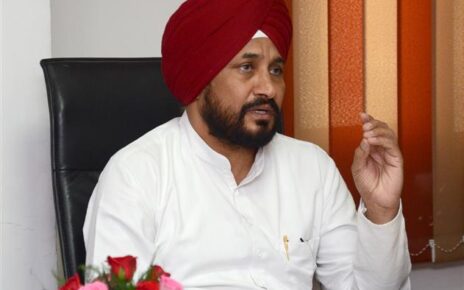To fight off continued traffic jams linking Chandigarh with Panchkula, a joint team of Railways and the UT administration has proposed a new road from Madhya Marg to Panchkula railway station road. The purpose of this scheme is to create another route for passengers that will reduce the load on Housing Board Chowk in Manimajra.
The proposed road will span from the Kalagram traffic light point to the Panchkula-Mauli Jagran-railway station stretch, offering a bypass for commuters traveling between Chandigarh and Panchkula. By connecting with Madhya Marg at Kalagram point, this new route seeks to alleviate congestion at key intersections, particularly during peak traffic hours.
Sources within the UT administration highlight the benefits of the new road, emphasizing its potential to enhance connectivity to the Chandigarh railway station from the Panchkula side. Residents residing in areas like Manimajra and Modern Housing Complex are expected to benefit from reduced travel times, while also relieving pressure on the Chandigarh side entrance to the railway station.
The proposed road will be four-laned, aiming to accommodate the increasing traffic volume between the two cities. Previously, traffic between Chandigarh and Panchkula predominantly utilized the Housing Board Chowk on Madhya Marg, contributing to congestion in the area. Although some traffic had begun utilizing smaller alternative routes, the new link from Kalagram is expected to significantly improve connectivity for both directions of travel.
Also Read: Chandigarh Man Sentenced To 10 Years For Possessing Banned Medicines
This collaborative effort between the UT administration and Railways involves the construction of a section of the road on UT-administered land, with the remainder falling within the jurisdiction of Railways. The road development plan aligns with the broader upgrade plans for the Chandigarh railway station, reflecting a comprehensive approach to addressing transportation challenges in the region.
As the project continues to unfold, people who have interest in it are eagerly waiting to see actual changes in traffic flow and how long it takes to travel from one point to another in Chandigarh and Panchkula. Through this movement, agencies’ cooperation significance in developing novel approaches towards urban transport problems is highlighted, consequently improving the living standards of people residing within this precinct.




